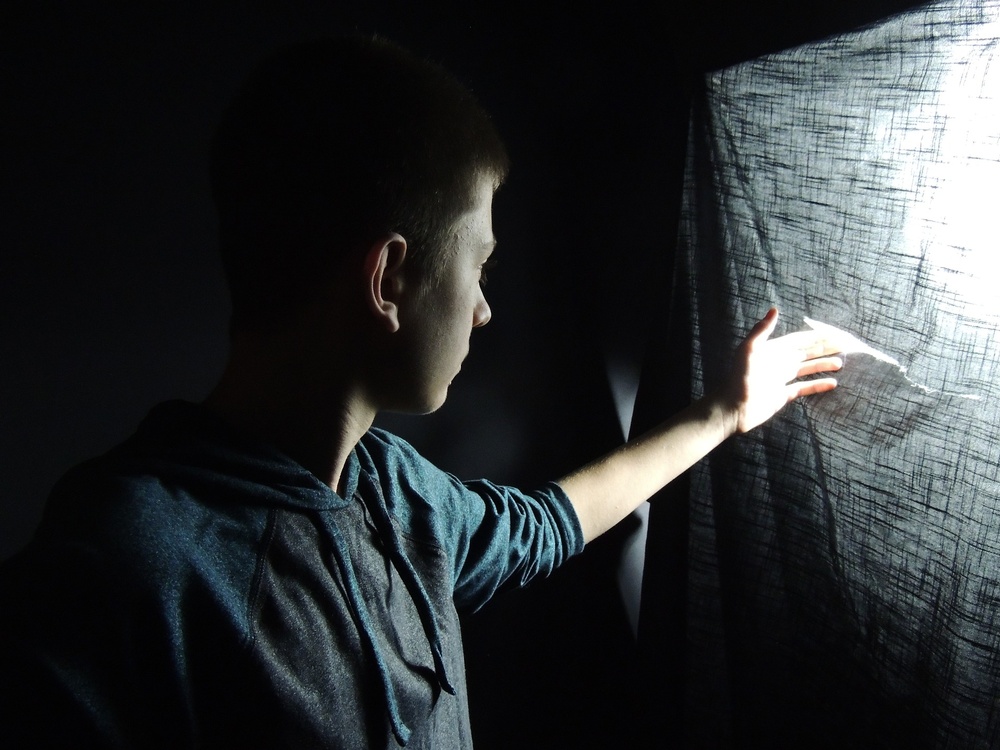Discovering Your Shadow Self

Have you ever wondered why certain aspects of your personality seem to be at odds with one another? Or why certain behaviors and habits keep resurfacing, even though you’ve worked so hard to overcome them? If so, then it may be time for you to explore the concept of a shadow self. Understanding and accepting your shadow self can help you manage difficult emotions and impulses better in order to become your most authentic self.
What Is the Shadow Self? The psychoanalyst Carl Jung first developed the concept. Jung used the term “shadow self” to describe the things people repress or do not like to acknowledge.The shadow self is an unconscious part of our traits we deem “unacceptable” for whatever reason, such as aggression or vulnerability. The shadow has both positive and negative qualities - like anger, intuition, creativity, ambition - things that society typically tells us should be suppressed or repressed. Our shadow selves can also contain our deepest desires and longings.
How Can You Address Your Shadow Self? The key to addressing your shadow self is understanding how it affects your behavior. To do this, first take some time to reflect on yourself honestly: What are the parts of yourself that you tend to hide away or deny? Are there any situations where you feel particularly out of control? Taking a closer look at these moments will often reveal patterns related to repressed parts of yourself that need attention. As uncomfortable as it may seem, acknowledging these parts of yourself will help bring them into consciousness—allowing you to work through them in a healthy manner rather than letting them fester in the shadows.
Once you have identified these patterns, talk therapy can be very helpful in dealing with the underlying issues related to them. Working with a therapist trained in uncovering deeply buried feelings from past experiences can provide a safe space for healing old wounds and coming face-to-face with your shadow self in order to work through it. With consistent practice and patience, eventually these once-hidden aspects will become integrated into your conscious identity and accepted as part of who you are—freeing up energy that was previously used for denial or repression.
Everyone has a dark side—it’s just part of being human! By exploring the depths of our inner world through reflecting on our past experiences and working through any underlying issues we find there with therapy, we can learn how to embrace all aspects of ourselves without judgment or guilt—allowing us to live more authentically and harmoniously going forward. So if you’re interested in uncovering hidden parts of yourself that have been lurking beneath the surface for years, consider taking some time today to explore the concept of a shadow self —you might be surprised by what comes up!